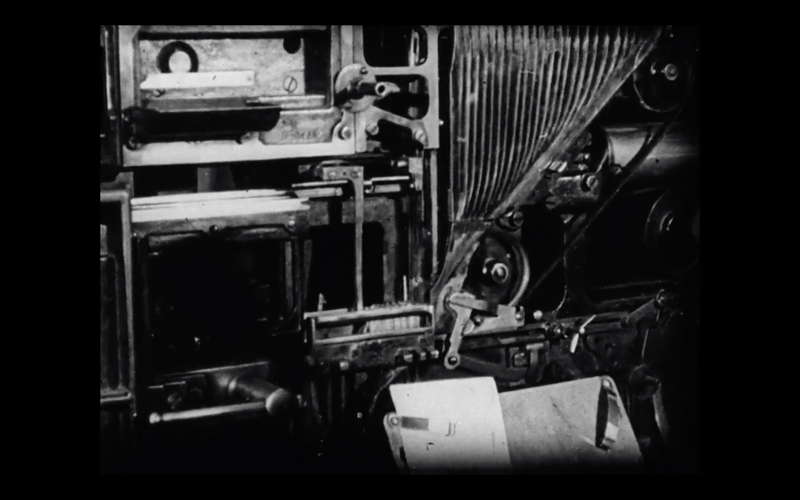This week I have been watching all the old adverts I could find.
Vinolia Soap (1898) / Good Night (1898)
These are two of the oldest British film adverts known to still exist, and both were made by Charles Goodwin Norton, who ran a stationary shop in King’s Cross, while also making his own films (as a hobby I think, rather than as a business).
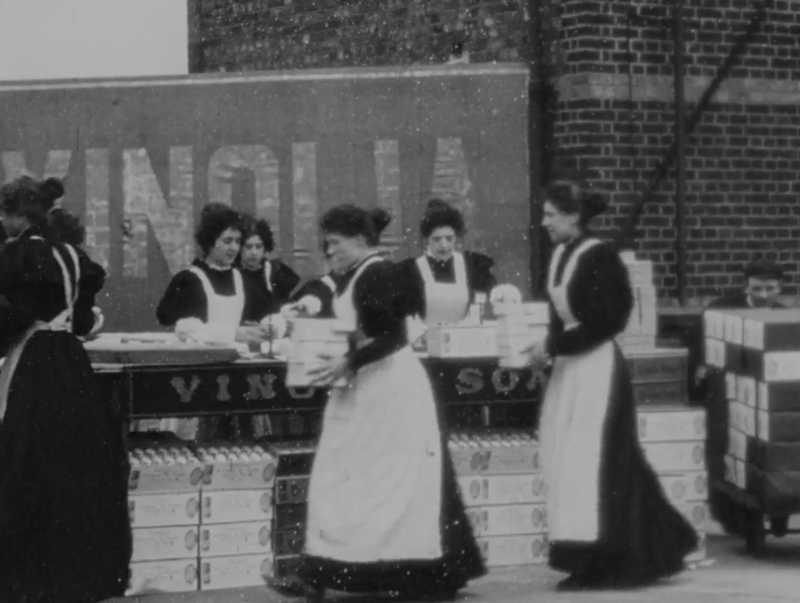
The first of these is an advert for Vinolia Soap, which presumably doesn’t exist any more, but might well do for all I know, because I’m afraid I’m not an expert on soap.
The advert itself consists of some people packing the soap into boxes on a table, while round them troop a swarm of women holding the packages up to the camera, all of them trapped in a continuous loop of movement, unable to escape, even while the wind whips up the sheets of wrapping paper and swirls them all around in a vortex around their feet.
According to the internet, Vinolia Soap was the exclusive soap available to passengers on the Titanic, so maybe this wasn’t an advert at all, but instead some sort of unholy incantation, inscribing it with an infernal curse.
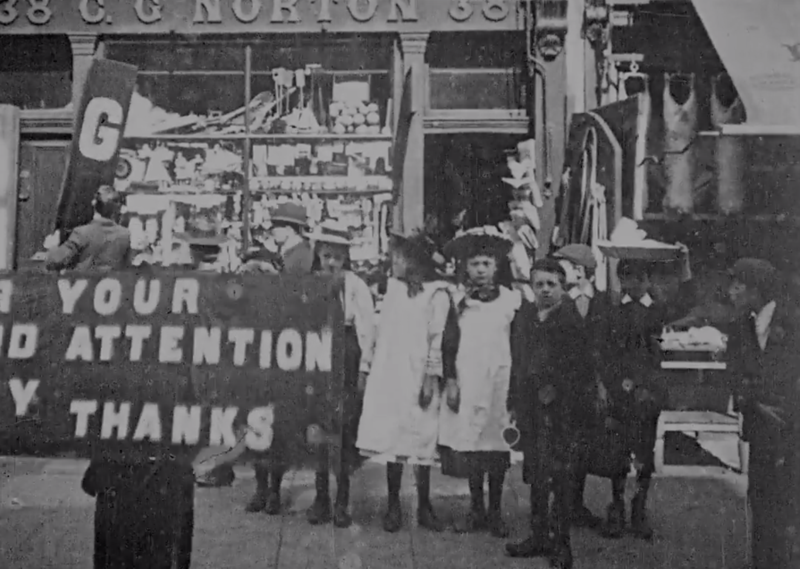
The second of these films, Good Night, isn’t anywhere near as ominous, and isn’t even really an advert. But it is quite charming, so I’m going to include it here anyway.
Outside Charles Goodwin Norton’s stationary shop, a group of children stare at the camera, while others hold up signs thanking the viewer for attending whatever one of his film screenings it was they’d just attended.
Although, now that I think about it, maybe this is the first ever post-credits short, and therefore entirely to blame for the abject horror that afflicts all superhero films to this very day, and so is actually even more of an accursed product than Vinolia Soap ever was.
Three Linotype Machines (1900)
Three Linotype Machines is a single minute-long shot of three linotype machines in operation.
There’s no title cards or other information to explain anything about the machines, so I couldn’t tell you if these are the sort of linotype machines I would be inclined to buy, but I’m not sure I mind, as I just find it hypnotic to watch them, and could do so for much long than a single minute at a time.
(This also reminded me of this short film of a printing press in action, that I posted about here before.)

The Spirit Of His Forefathers (1900) / Britain’s Best Bicycle (1902)
The Spirit Of His Forefathers is a 30 second advert for some whisky, based around a pun on spirit, and the punchline of which I have spoiled in the picture below.
I have no regrets.
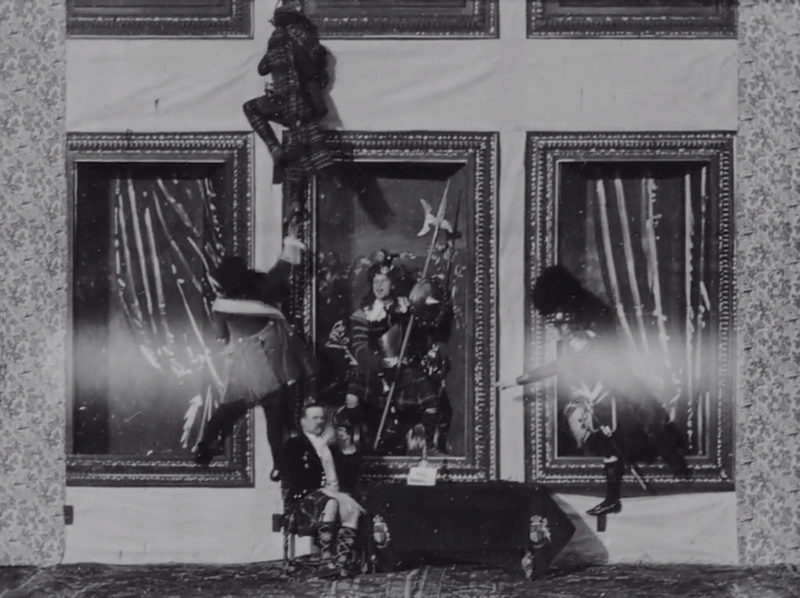
Britain’s Best Bicycle is another 30 second advert, this time for Rudge-Whitworth Bicycles (later bought by Raleigh, it says there, making me wish I’d had a Rudge-Whitworth Chopper all those years ago now).
In this advert, a man rides a bike, which isn’t as good as Rudge-Whitworth bike. He gets laughed at for his crimes.
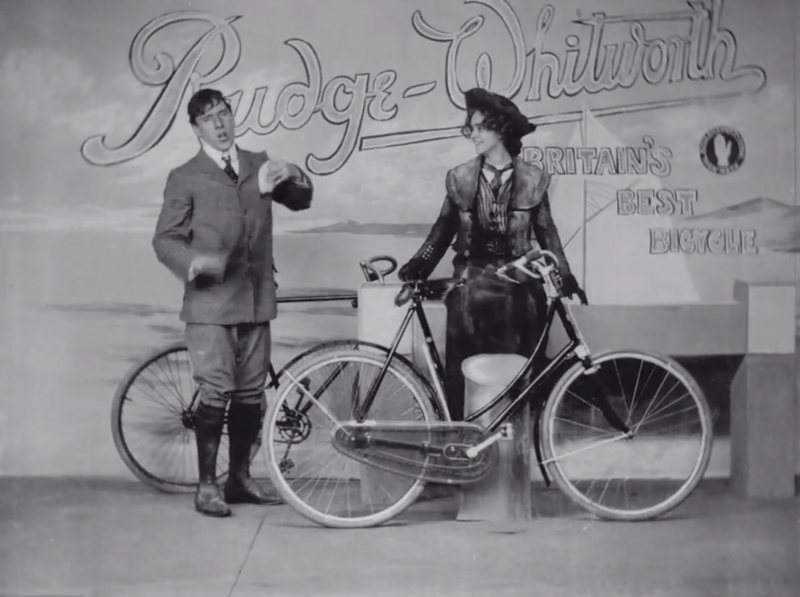
Now, these two adverts are more recognisable as adverts, really, to my modern eyes, than any of the earlier ones above (although technically the whisky one is earlier than any of them, as its a remake of a 1897 version of the same ad). And while the bike one is a bit rubbish, the whisky one you could pretty much imagine being an advert right now, although the kilt man would probably be one of the forefathers now, I suppose.
And it’d be for porage oats.
Ruining the pun forever.
J. White And Sons Ltd, The Furniture Specialists, Chesterfield (1905)

J. White And Sons Ltd… is a fifteen minute long advertorial tour of the J. White and Sons furniture shop in Chesterfield, in 1905, where we get to see the exterior of the shop from the High Street, the inside of the shop, the workshops, and more (especially concerning pianos).
It’s quite interesting (but probably not very exciting), and I liked the way that, even if furniture shops don’t make 15 minutes adverts for themselves any more, they at least still look basically the same inside. I bet everything even then was too expensive to ever buy, too.

Also, the street scenes at the start are particularly wonderful, not least because of the preponderance of hats, with even the children wearing flat caps.
Even the babies are wearing flat caps.

The Smallest Car In The Largest City In The World (1913)
The Smallest Car In The Largest City In The World, might not actually be an advert for a Cadillac (it purports to be a news item showing the miniature car being give as a gift to the King of Norway), but I’m pretty sure it’s an advert for a Cadillac.
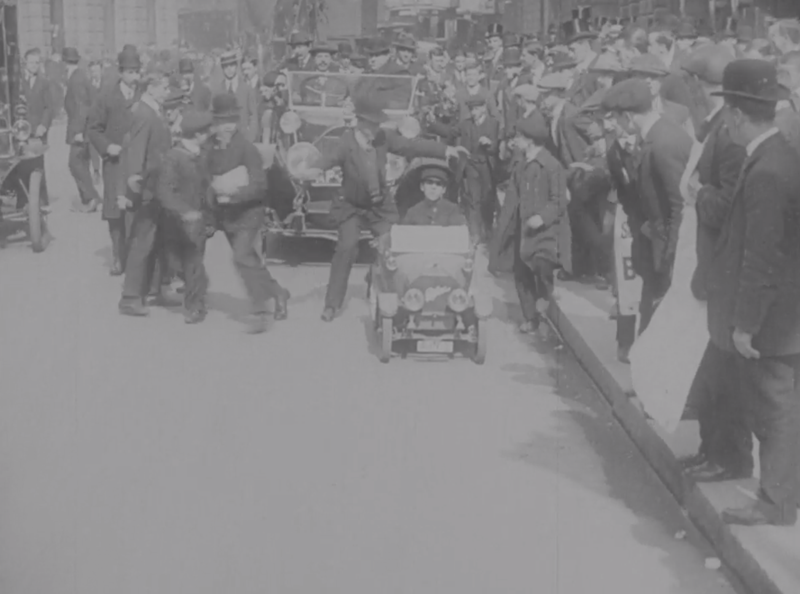
This film is pretty wonderful, regardless of its actual designation, not just for its long sequences of the miniature car travelling through central London, huge crowds of excited wellwishers following behind, but also for the second half of the film, where somehow they get 3 children in the car, and also they get arrested, and then there’s a dog there too for some reason I don’t know why but it’s wonderful you should watch it
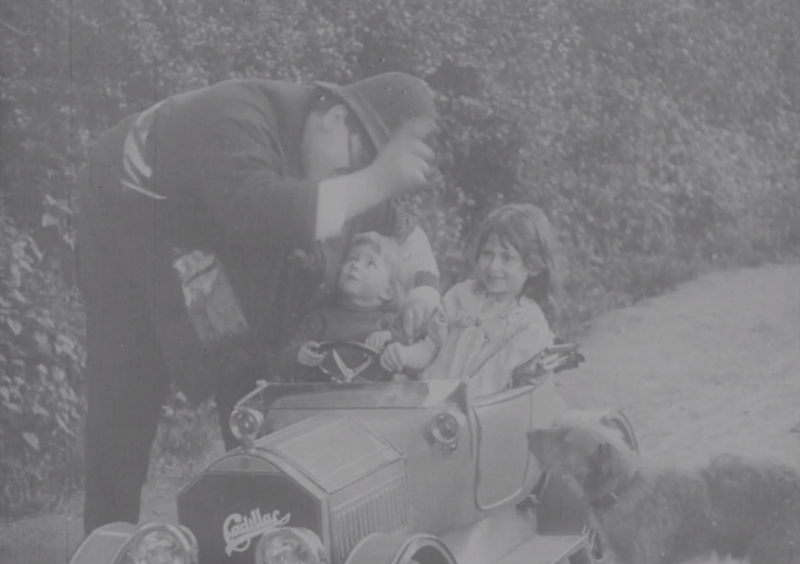
Shine, Sir? (1916)
Shine, Sir? is an almost supernaturally boring, 7 minute long advert for some Australian brand of shoe shine, patriotically called Kiwi, that was originally from 1916, but here comes with a strangely reverent introduction from someone in the far future year of 1965, marvelling at how advanced the advertising methods of first world war Britain were.
At the end, though, an animated kiwi vomits out the word KIWI a bunch of times, and suddenly the whole enterprise is redeemed.

__________
Notes
1. I watched all these on the BFI Player again
2. At the links in the information bit below.
3. I could probably have posted this all as several separate entries, rather than a single long one
4. But I did not
5. And now never shall.
6. I watched the furniture shop advert while listening to the Kicking A Couple Around EP by Smog
7. Which didn’t really fit very well at all, I must say.
8. But then I watched the littlest car in the world one while listening to 14 Floating Infinity by Aphex Twin
9. And it synced almost perfectly
10. To the first half at least
11. As it ran out before the end.
__________
Film Information
Title: Vinolia Soap
Director: Charles Goodwin Norton
Year: 1898
Duration: 1 minute
Watch: BFI Player
Title: Good Night
Director: Charles Goodwin Norton
Year: 1898
Duration: 1 minute
Watch: BFI Player
Title: Three Linotype Machines
Year: 1900
Duration: 1 minute
Watch: BFI Player
Title: The Spirit Of His Forefathers
Year: 1900
Duration: 1 minute
Watch: BFI Player
Title: Britain’s Best Bicycle
Year: 1902
Duration: 1 minute
Watch: BFI Player
Title: J. White And Sons Ltd, The Furniture Specialists, Chesterfield
Year: 1905
Duration: 14 minutes
Watch: BFI Player
Title: The Smallest Car In The Largest City In The World
Director: F.S. Bennett
Year: 1913
Duration: 6 minutes
Watch: BFI Player
Title: Shine, Sir?
Year: 1916, 1965
Duration: 7 minutes
Watch: BFI Player













